The stunning salvation of Castle Howard, one of the greatest houses in Yorkshire — and, for that matter, the world
The Herculean efforts which saved Castle Howard's architecture and collections after a devastating fire in 1940 have lasted for decades; the results are truly magnificent.
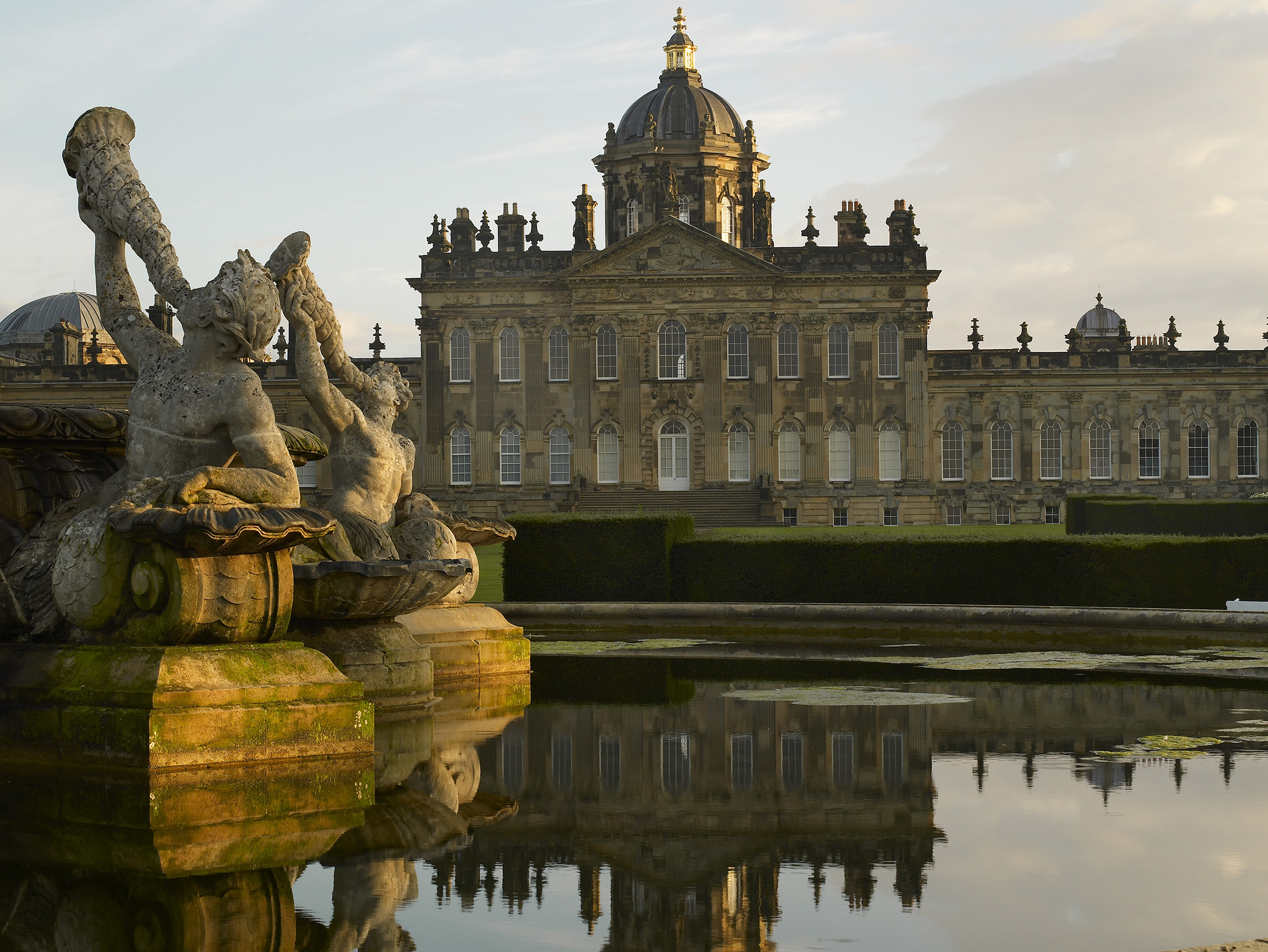

Every Tuesday, we look through Country Life's architecture archive to find a gem from the past. Today we consider Castle Howard, near York. This piece first ran in September 2003, but the images we've chosen represent some of the finest efforts of Country Life photographers over the years at this wonderful spot, from both before and after the fire.
In 1944, the fate of Castle Howard hung by a thread. In 1940 a fire had broken out in the south-east wing, apparently in a chimney. By the time it was extinguished, the south-east wing and main block were gutted, the dome had collapsed and nearly 20 rooms had been lost.
The great collection of china had exploded like fire-crackers in the heat. Pellegrini's wonderful murals in the High Saloon had been destroyed, together with Chippendale mirrors, Westmacott's statue of Venus and a dozen Marco Ricci overdoors.
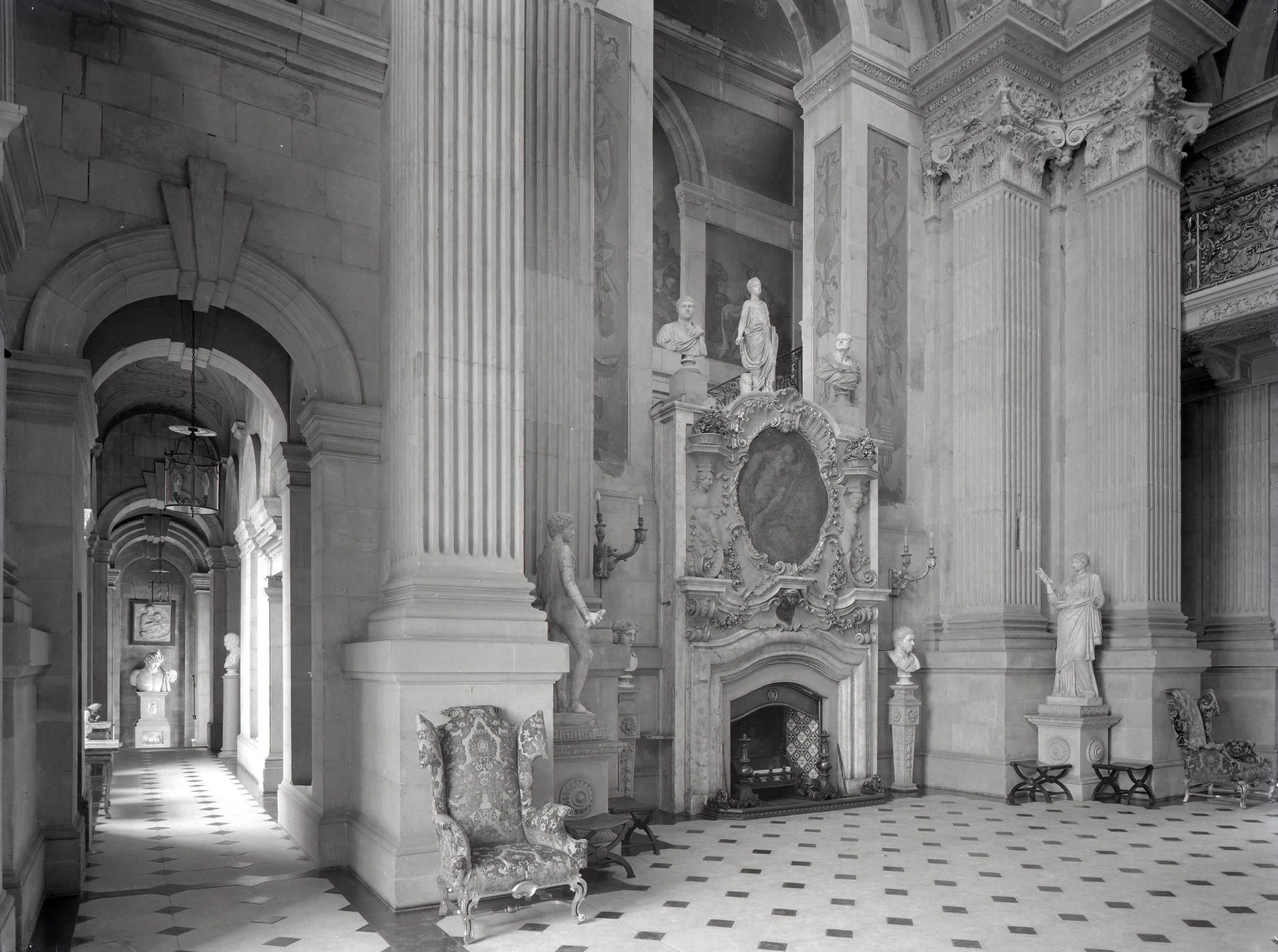
The answer lay in reviving the tradition of opening to the public, which Castle Howard first did in 1953. The art historian Rupert Gunnis played a major role in making the rooms fit for the public.
Equally important was the artist Felix Kelly, who designed a 'fantasy train' to take visitors from the car park to the house; in reality, a tractor pulling carts.
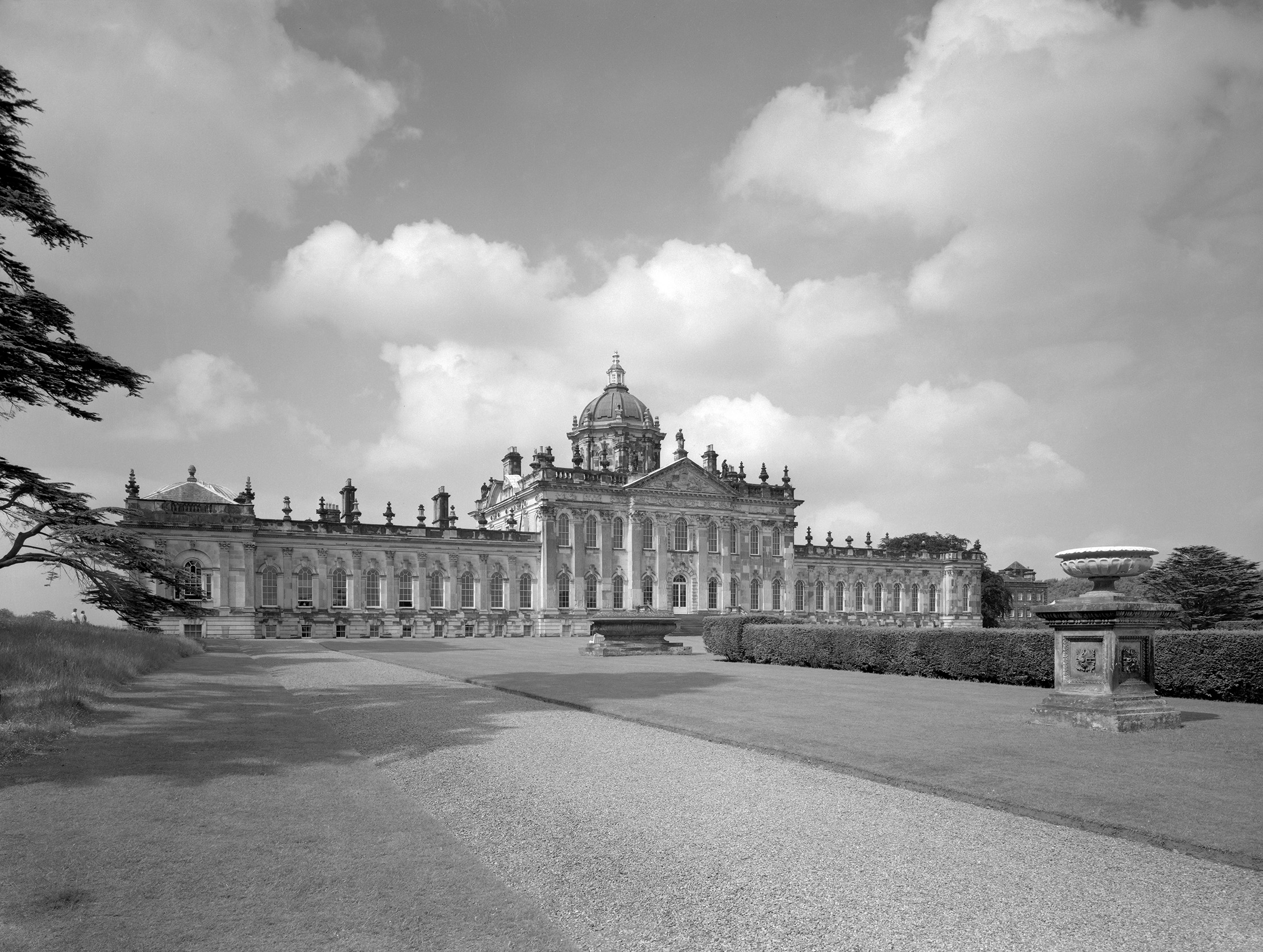
Slowly the house was pulled back from the brink. The gutted area was roofed and the windows on the south front replaced. An early grant from the Historic Buildings Council funded the restoration of the Temple of the Four Winds. By 1960, the dome had been restored and shortly afterwards it was decorated with a new version of The Fall of Phaeton, painted by Scott Medd.
The 1970s saw the launch of two important landscape projects: the planting of Jim Russell's distinguished collection of rhododendrons and azaleas in Ray Wood; and the creation, also under Mr Russell's direction, of the arboretum. This is now of such importance that it is partly managed by the Royal Botanical Gardens, Kew.
Sign up for the Country Life Newsletter
Exquisite houses, the beauty of Nature, and how to get the most from your life, straight to your inbox.
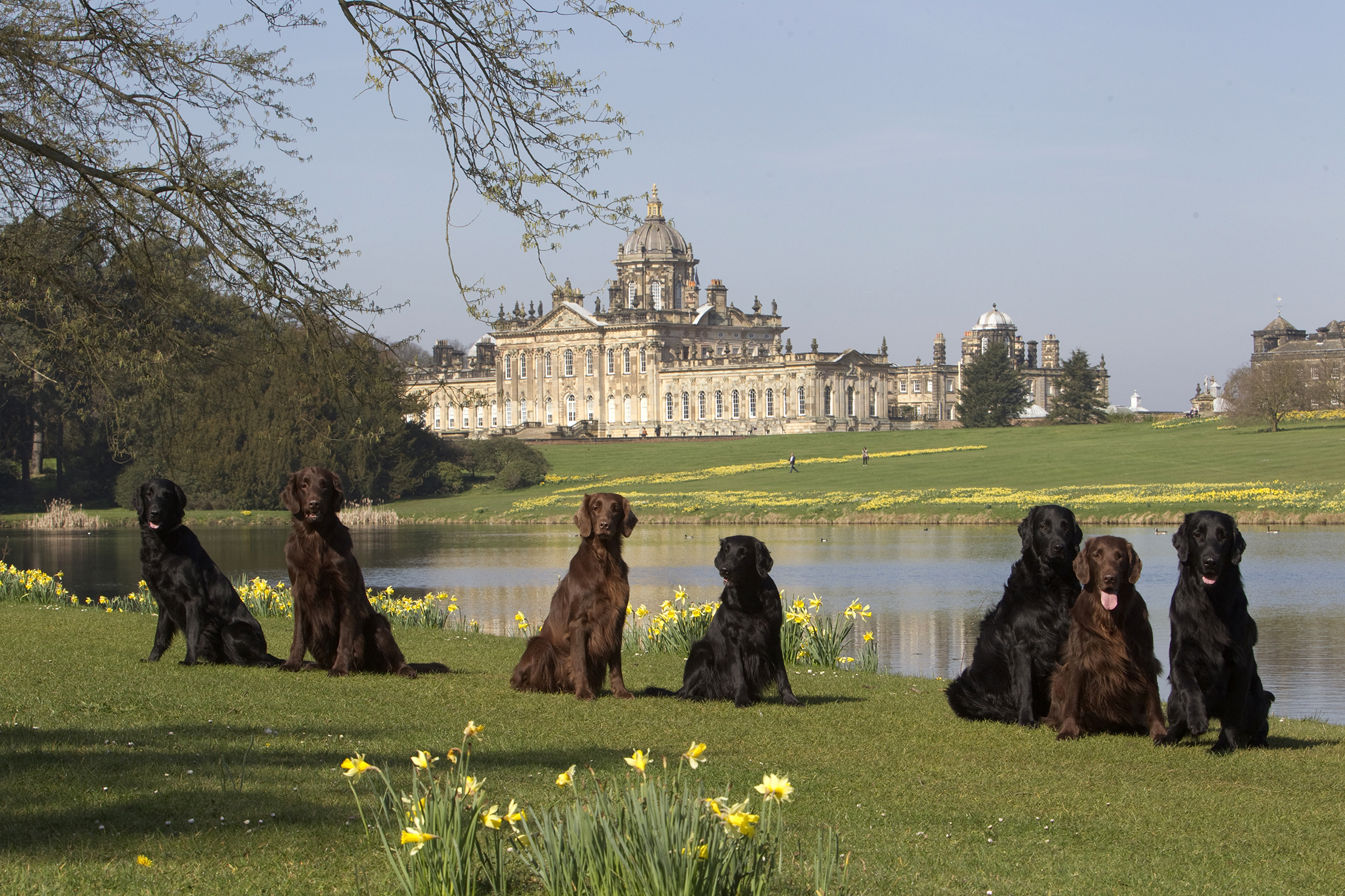
The Garden Hall was decorated with modern Vanbrughian fantasies by Felix Kelly. This was followed by the creation of the adjacent library. The Long Gallery was redecorated and rehung. This has been followed by the complete restoration of the adjoining bedrooms in the west wing.
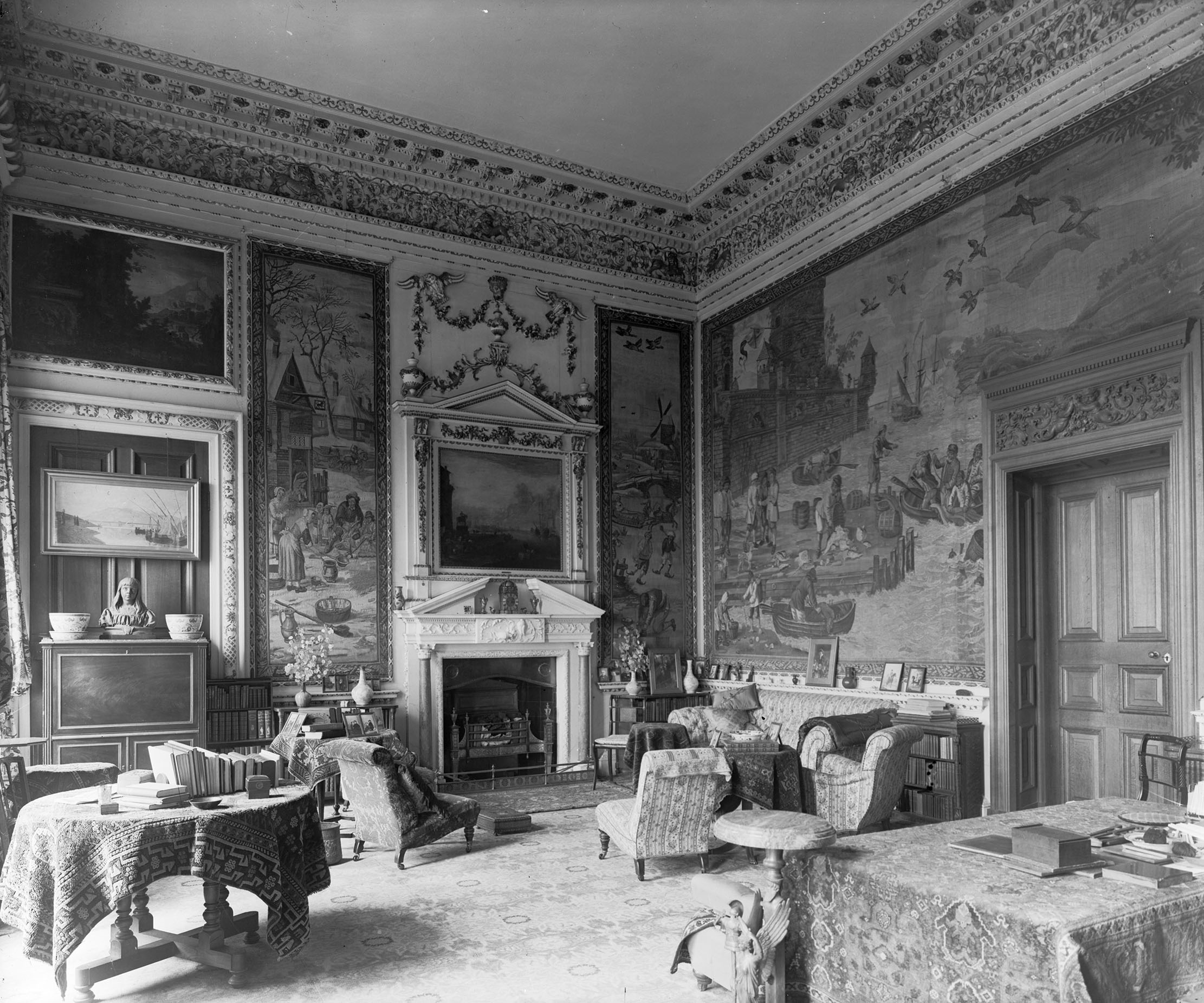
About 90% of the furniture and paintings in the house have now been restored. In the gardens, the waterworks and lakes have been restored, as have the fountains, lead statues, bridge and cascade.
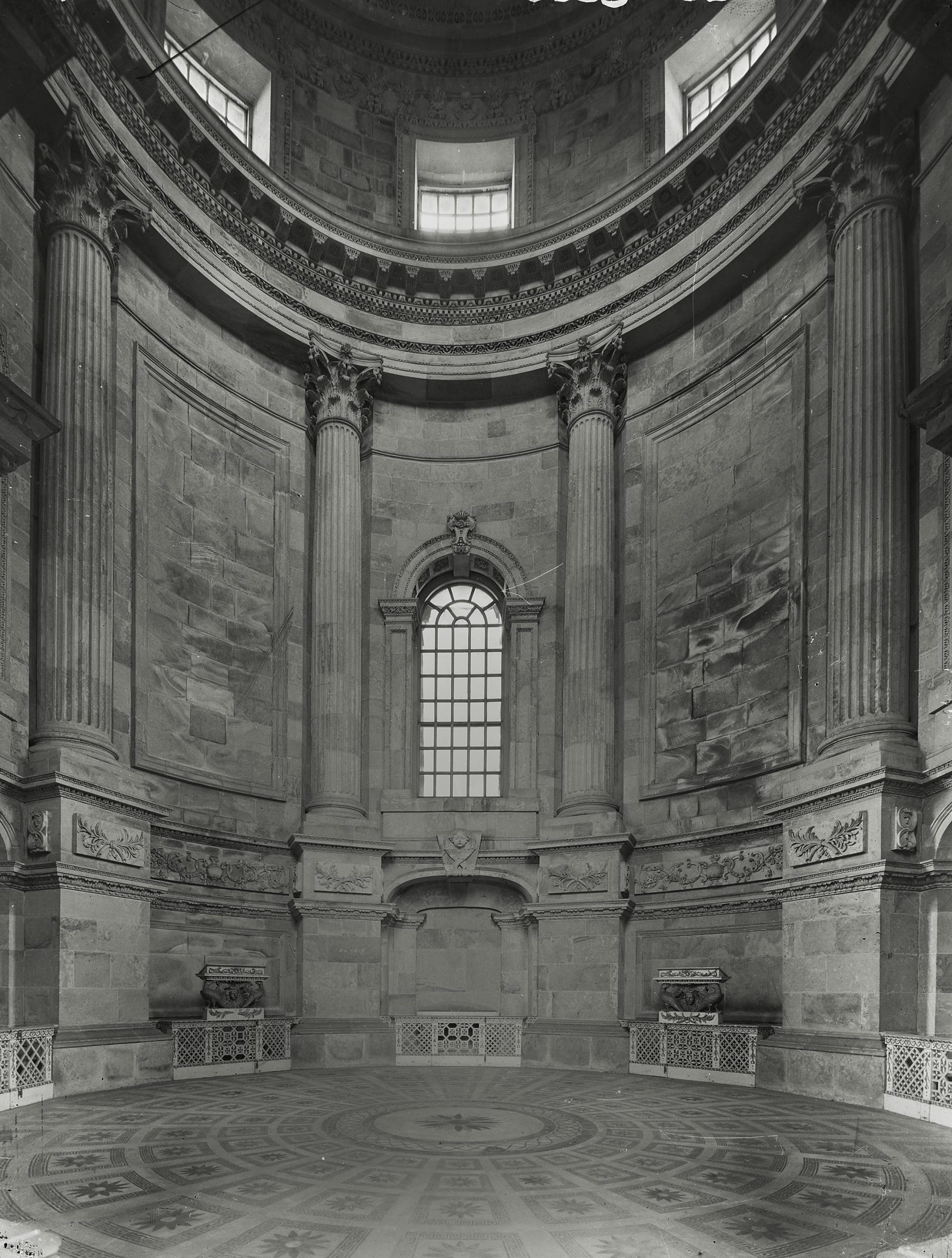
For anyone visiting Castle Howard regularly, what is most impressive is the constant state of activity, the sense that a project has always just been completed, that another is about to begin.
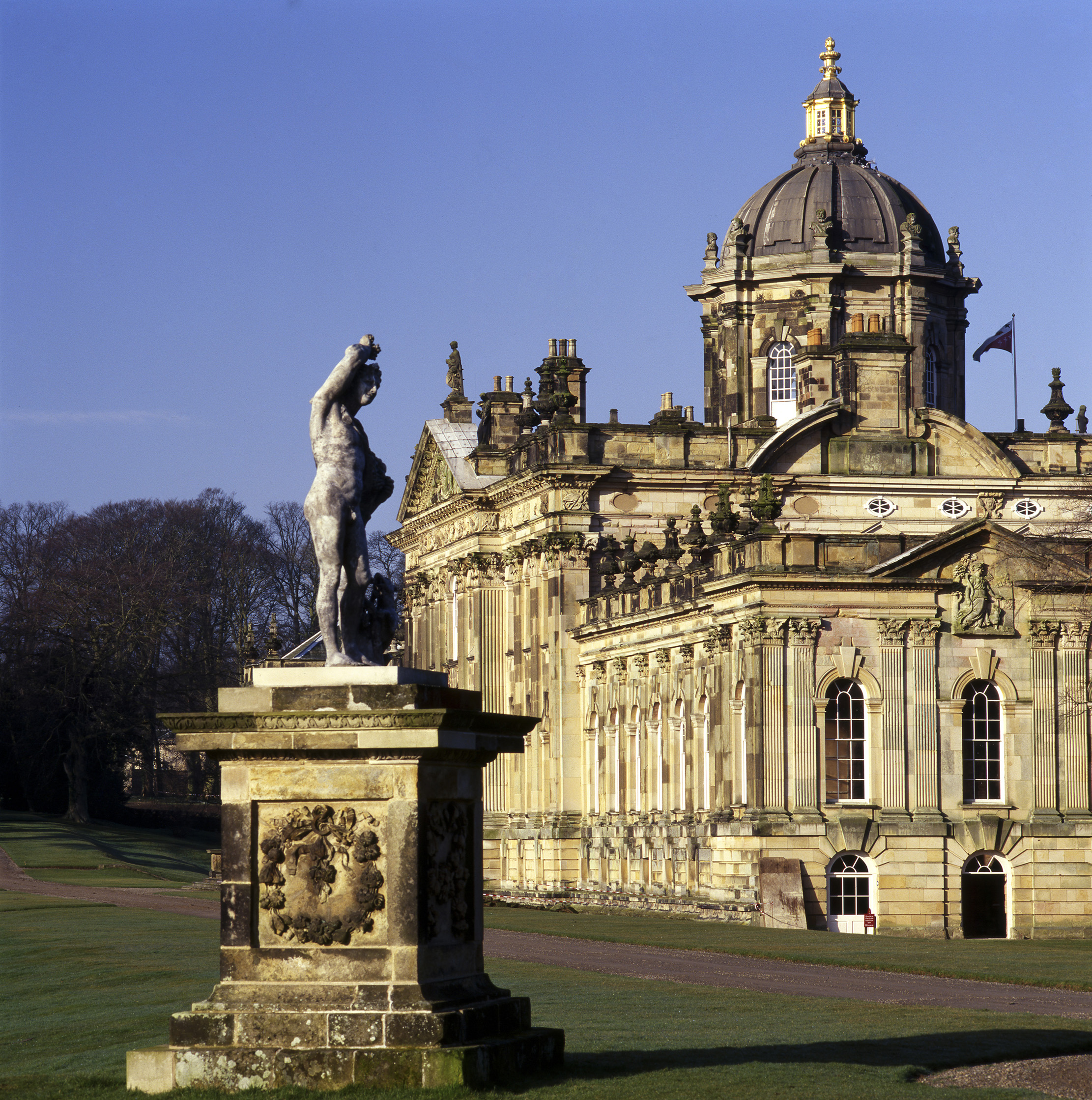
Today, it is possible to see a time, not that far off, when this great restoration will at last be complete. It is a remarkable achievement, for which two generations of Howards deserve every credit.
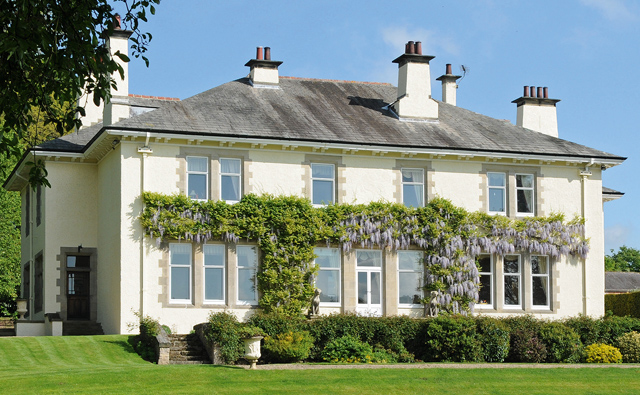
The best country houses for sale in Yorkshire
Penny Churchill says that long histories and tranquil settings make Yorkshire’s country houses irresistible
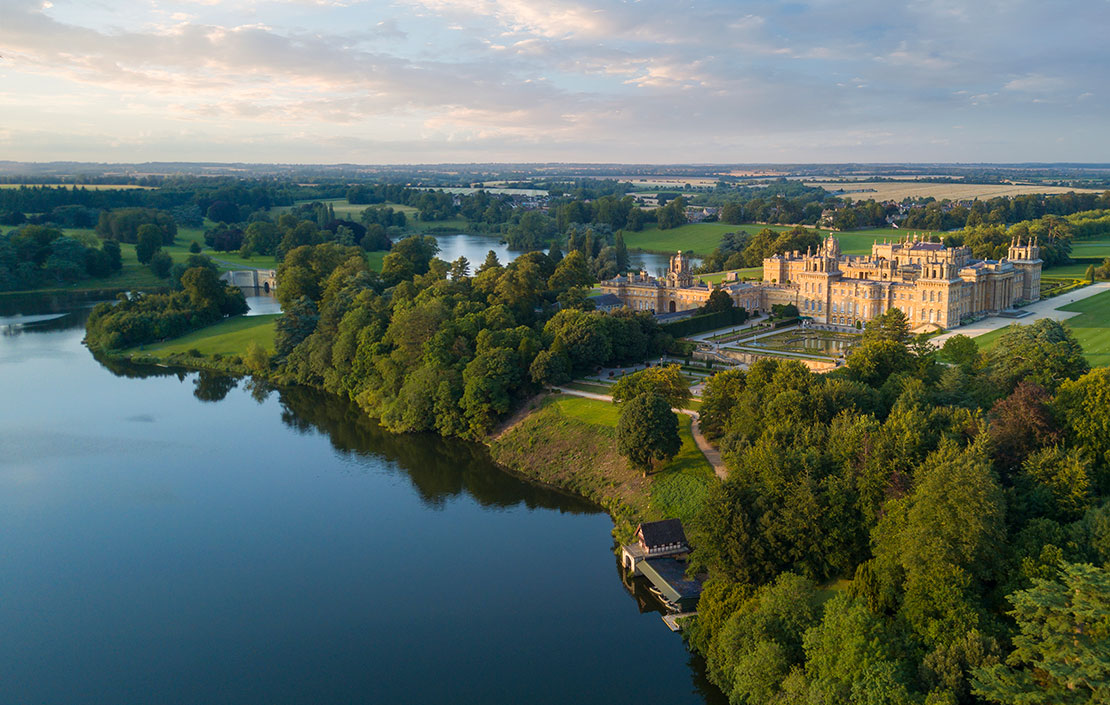
Blenheim Palace's lost ballroom, theatre and chambers seen for the first time in 250 years
Recent work has meant that chambers unseen for 250 years have emerged from the murky underwater depths at Blenheim Palace,
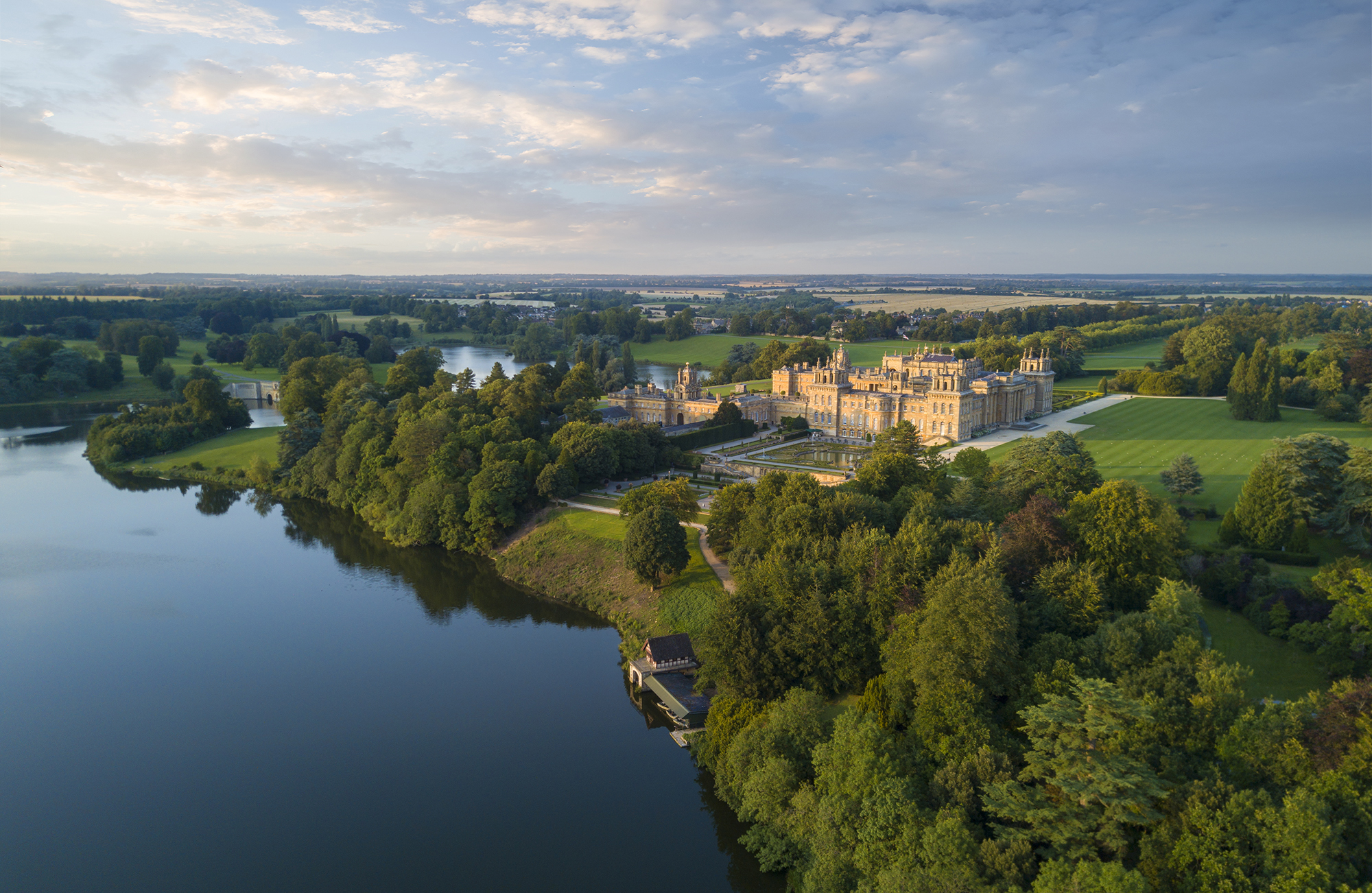
Five things you didn't know about Blenheim Palace, from helping with royal adulterers to its unique role in equal rights
Blenheim Palace, the Duke and Duchess of Marlborough's Oxfordshire home, is one of the most famous country houses on the
Country Life is unlike any other magazine: the only glossy weekly on the newsstand and the only magazine that has been guest-edited by HRH The King not once, but twice. It is a celebration of modern rural life and all its diverse joys and pleasures — that was first published in Queen Victoria's Diamond Jubilee year. Our eclectic mixture of witty and informative content — from the most up-to-date property news and commentary and a coveted glimpse inside some of the UK's best houses and gardens, to gardening, the arts and interior design, written by experts in their field — still cannot be found in print or online, anywhere else.
-
 Designer's Room: A solid oak French kitchen that's been cleverly engineered to last
Designer's Room: A solid oak French kitchen that's been cleverly engineered to lastKitchen and joinery specialist Artichoke had several clever tricks to deal with the fact that natural wood expands and contracts.
By Amelia Thorpe
-
 Chocolate eggs, bunnies and the Resurrection: Country Life Quiz of the Day, April 18, 2025
Chocolate eggs, bunnies and the Resurrection: Country Life Quiz of the Day, April 18, 2025Friday's quiz is an Easter special.
By James Fisher